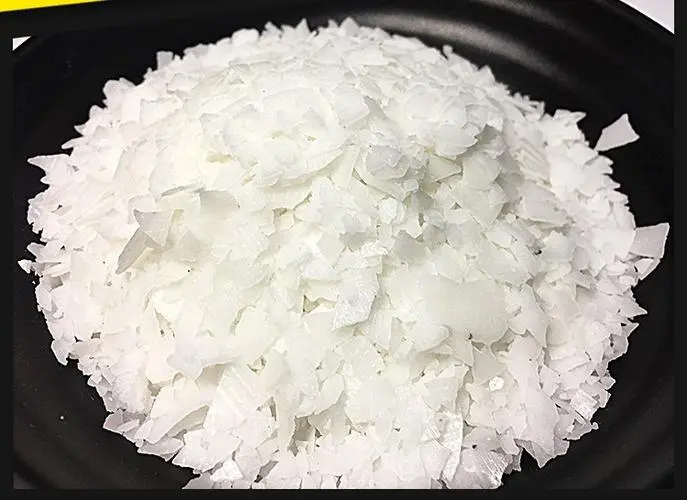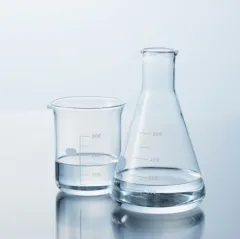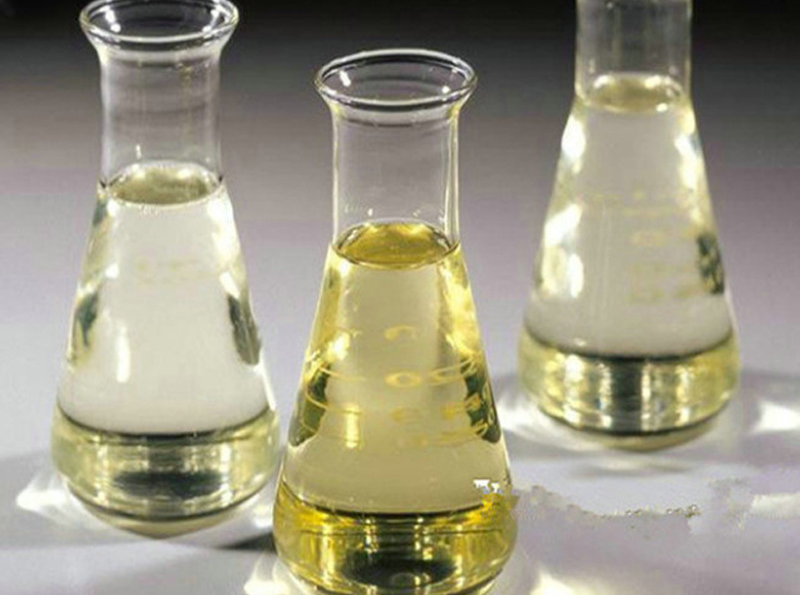That Sudsy Savior: How Soap’s Secret Weapon Battles Bacteria
(Do Surfactants Kill Bacteria)
We all know washing our hands is important. Soap and water seem like magic against germs. But what’s really happening in that bubbly lather? The answer lies in surfactants, the unsung heroes inside your soap. The big question is: do these surfactants actually kill bacteria? Let’s break it down.
First, understand what surfactants are. Think of them as tiny, powerful molecules with split personalities. One end loves water. The other end hates water and loves grease and oil. This makes them amazing cleaners. They grab onto dirt and grime so water can wash it away. You find surfactants everywhere: dish soap, laundry detergent, shampoo, hand soap.
Now, about bacteria. These microscopic critters are tough. They have protective cell walls and membranes. Think of these like a greasy jacket and a strong shield. Many bacteria cause illness. Getting rid of them is key to staying healthy. Antibiotics kill bacteria inside our bodies. Disinfectants kill them on surfaces. But soap? Soap works differently.
So, do surfactants directly kill bacteria like poison? Usually, no. They don’t typically act like antibiotics that poison the bacteria’s inner workings. Their power is more physical. Remember those split-personality molecules? This is where it gets interesting.
Bacteria have fatty outer membranes. That water-hating end of the surfactant? It latches onto these greasy membranes like a magnet. The water-loving end faces outward. Surfactants surround the bacteria. They start prying the membrane apart. Imagine tiny crowbars loosening planks on a fence. They disrupt the membrane’s structure. They create holes. Essential stuff leaks out. The bacteria’s protective barrier is compromised.
This process is called lysis. It’s like popping a tiny, greasy balloon. The bacteria isn’t necessarily dead instantly in the way poison kills. But it’s critically damaged. Its insides spill out. It loses its structure. It can’t function. It can’t survive. It’s defeated.
Think of washing your hands. You scrub with soapy water. The surfactants trap dirt and grease. They also physically rip apart bacteria and viruses. The running water then flushes all this damaged debris away. You’re not just killing germs on your skin. You’re literally removing them. This removal is crucial. Damaged bacteria washed down the drain can’t make you sick.
Not all surfactants are equal. Some are stronger than others. Some are designed for gentle cleaning on skin. Others are industrial strength. The concentration matters. The contact time matters too. Scrubbing for at least 20 seconds gives surfactants time to work their magic. Simply rinsing quickly won’t be as effective.
(Do Surfactants Kill Bacteria)
So, surfactants don’t usually “kill” bacteria with poison. They assassinate them through brute force. They dismantle their defenses. They tear them apart. They make them easy to wash away. Next time you lather up, remember those tiny molecular wrecking crews. They’re the reason that simple bar of soap is one of humanity’s oldest and most powerful weapons against invisible enemies. It’s pure physics battling biology right there in your sink.
Inquiry us
if you want to want to know more, please feel free to contact us. (nanotrun@yahoo.com)




